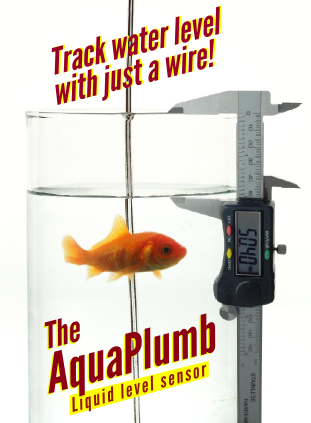Inductor Current and Maximum Power Calculator

See our other Electronics
Calculators.
Inductors used in
switch mode power supplies and buck or boost topologies are normally
driven with pulses of voltage. An inductor increases in current
linearly as a ramp as a function of time when the voltage across it is
constant. Thus, as the longer the pulse time the higher the
instantaneous current will reach.
Ipk= V*Ton/L
For example,assuming zero initial current, if
a 1mH inductor has 10V applied for 1ms, then after 1 ms the current will
be:
Ipk= 10V*1ms/1mH= 10A,
So we can see current can quickly climb in a typical
inductor.
Since power inductors use some sort of core material
to increase inductance over a mere air coil, most inductors and
transistors will saturate if the current goes above the rated saturation
current. Saturations is the point at which the core disappears and
looks like "air". Since air coils have lower inductance,
(after all that's why were are using the core) the inductance plummets
and the current shoots up correspondingly as shown from the equation
above. Current shooting up out of control has the tendency to burn
up MOSFETs. In fact, if you are driving a coils with a MOSFET and it
is burning up, then it is likely a saturation problem, which can be solved
by using an inductor with a higher saturation specification.
So the questions arise if you are using a coil, and
it is powered in discontinuous mode, i.e. the current is completely
discharged on each cycle: What is the maximum pulse on time that you
should use? How much power is being transferred to the coil?
Equations
These equations assume that the coils dissipates
all current on each cycle.
Fmin=
1/(2*Tonmax)
Ipk= V*Ton/L
Tonmax=
Isat*L/V
Irms= Ipk/sqrt(3),
Vrms= Vpk*sqrt(Duty_Cycle)
P= I*V*sqrt(Duty_Cycle)/sqrt(3)
in the case of a 50% duty cycle
P= I*V/sqrt(6)
E= L*I^2/2
Other Electronics Links
We offer a broad range of electrical
engineering calculators and electronics
articles and tutorials.
Daycounter specializes in
contract electronics design. Do you need some help on your project?
Contact us to get a
quote.
[Employment]
[Downloads]
[Articles]
[Contact Us]
Salt Lake City, UT, USA
Disclaimer: Daycounter, Inc. doesn't guarantee the accuracy of any of it's content. Use at your own risk.
© Copyright 2016 Daycounter, Inc. All rights Reserved.
|



